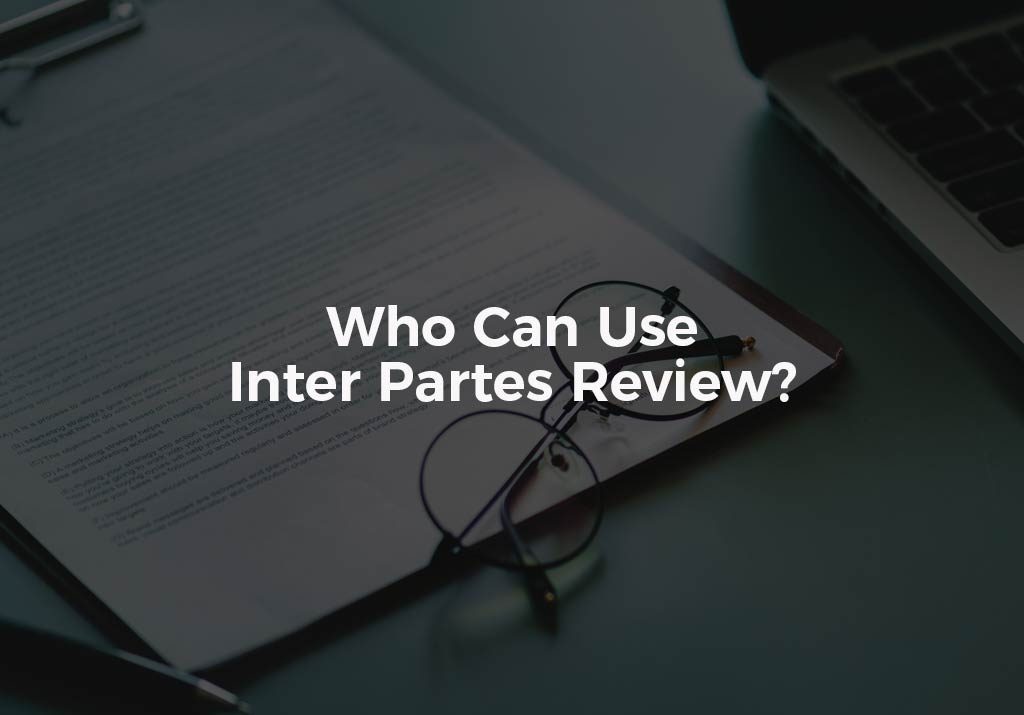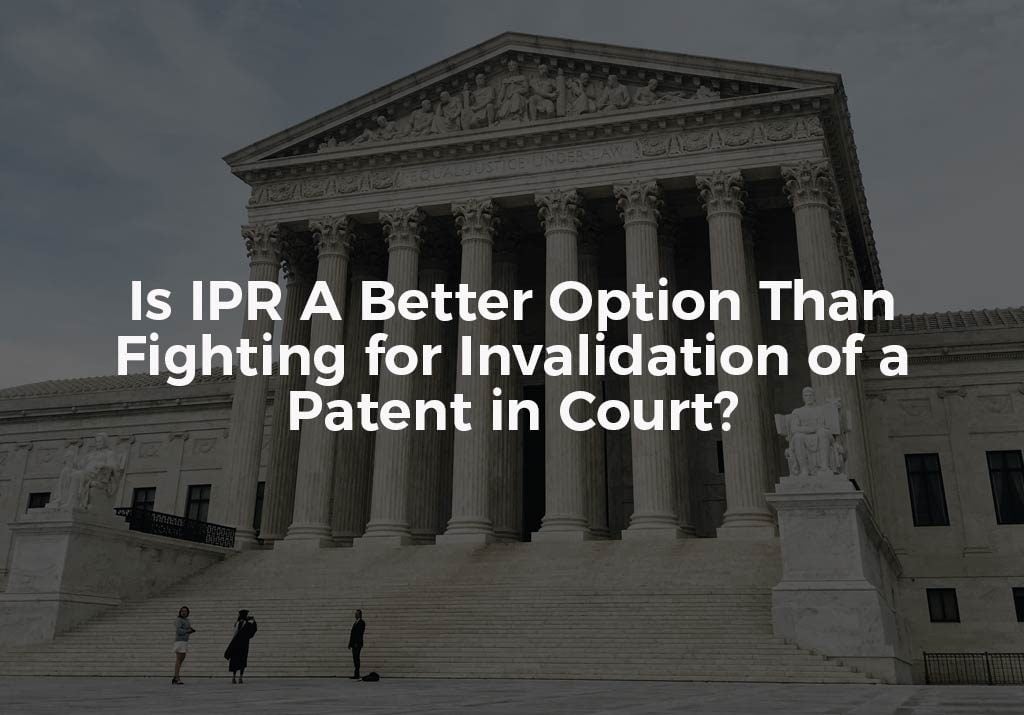Ever since its introduction in 2012 with the enactment of the America Invents Act, Inter Partes Review (IPR) petitions have been a popular alternative, or tangential proceeding, to litigation in the Courts. IPRs are used to challenge the validity of design and utility patents issued by the United States Patent and Trademark Office (USPTO). To initiate an IPR, a petition is filed to the Patent Trial and Appeal Board (PTAB) at the USPTO, and then the PTAB decides whether there is a reasonable likelihood that the petitioner will prevail on their challenge with regard to at least one claim that is contested. If so, the PTAB will institute the IPR, and after limited discovery and witness depositions, and possibly an oral hearing, if the parties have not settled on their own accord the PTAB will issue a written final decision that either upholds the validity of the patent, invalidates some of the claims, or invalidates all of the claims in the contested patent.
Who Can File An IPR Petition With The PTAB?
So who is in a position to take advantage of IPR proceedings? The answer is that virtually anyone other than a patent owner is eligible to file an IPR petition. The only parties that are prohibited from filing an IPR petition are the patent owner, and any party who has previously brought a proceeding to challenge the validity of the patent in question (this party is estopped from bringing a subsequent validity challenge on the patent in question before a civil court, the USPTO, or the International Trade Commission).
The process is relatively simple: A third party other than the patent owner and those who are estopped from doing so, can petition the PTAB to review a contested patent or patents in an IPR proceeding. The IPR petition must identify the patent by its patent number and the specific claims that are being challenged, as well as cite the 35 U.S.C. Section 102 or 103 based grounds for each challenged claim including an explanation for each grounds of unpatentability. Additionally, petitioners must submit a claim construction for each challenged claim, evidence to support the challenge and an explanation of the relevance of the supporting evidence. Furthermore, the petitioner must provide an identification of all real parties of interest to the petition, and must submit with the petition payment for the required IPR petition fee.
More than one patent can be considered as part of an IPR petition, but there is a corresponding increase in cost associated with the review of multiple contested patents.
Talk To An IPR Lawyer About What Options You May Have
IPR challenges are useful tools in IP strategy, and they are available to virtually any third party who believes that a patent was issued in error. If you are interested in filing an IPR challenge against a patent, you need the help of a skilled professional. The IPR lawyers at The Rapacke Law Group can help. Contact us today for a free initial consultation.




